Vaioni Wholesale Partner
The needs of your customers and the markets they operate in are transforming. It means they need access to powerful connectivity and the best cloud ecosystem.
[ Empowering channel partners ]
The channel is a complex and competitive space. We have invested heavily in producing a programme that brings together a range of innovative, next-generation products and services that not only simplify this space, but allow partners to flourish, meeting your customer requirements and enabling them to succeed by delivering best fit solutions.
Sitting at the heart of business success is robust connectivity. How, why, and when organisations require strong connectivity differs from business to business. Vaioni specialises in understanding the unique needs of its partners, and delivering solutions that give them the best chance of success.
Once connected to our network, our partners are able to react dynamically to their clients’ changing business requirements with access to our full product suite via our best-of-breed partners, whether that’s cybersecurity with the support of world-leader Fortinet, or business voice and contact centre through one global platform, powered by 8×8.
[ Why Vaioni Wholesale? ]
As a leading network operator, we know the products and services that you need.
Not only to provision your customers with the complete connectivity, telephony and cybersecurity infrastructure that helps them compete, but to win more sales and deliver amazing customer service.
Plus, our sector-leading on-site and technical support comes as standard.
Partnering with Vaioni Wholesale gives you a leading-edge connectivity and communications portfolio, backed by support that simply makes business easier.
[ Product Benefits ]
- Network: The largest connectivity ecosystem with the most carriers and technologies
- Powerful Portal: Frictionless management of new and in-life orders.
- Choice: Access to the full Vaioni portfolio and leading vendor support meaning the best products for individual challenges.
- Support: Channel-leading support across all our product areas.
[ Wholesale News ]
Cyber sure or unsure?
As businesses have become reliant on their business-critical applications, cybersecurity has become a top priority. It’s why we’ve invested in our cybersecurity proposition, through our product portfolio, our people and our new resource hub. We’re delighted to welcome...
Meet our new starters
We’re delighted to introduce some of the new faces in our business as we continue to strengthen the Vaioni team, all dedicated to supporting the experience we provide to our customers. Vicki Harrison joins us as Head of Service Delivery and has over 20 years’...
Customer listening and striving for excellence
We are committed to delivering high-quality technology products and all-round excellent service to our customers. Part of that means listening to our partners, and ensuring we receive feedback so we can continue to improve and get things right. In our recent partner...
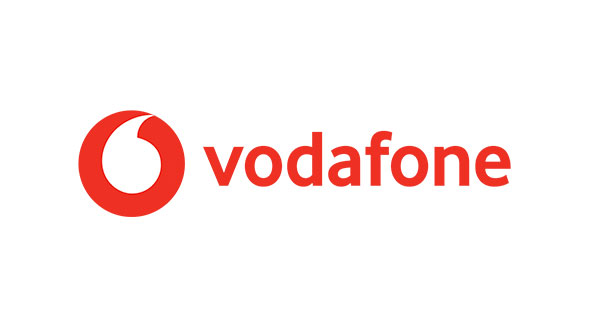
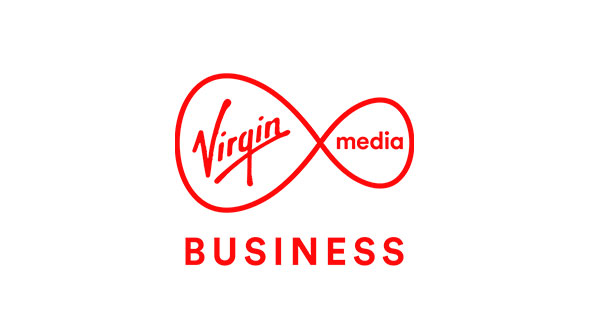
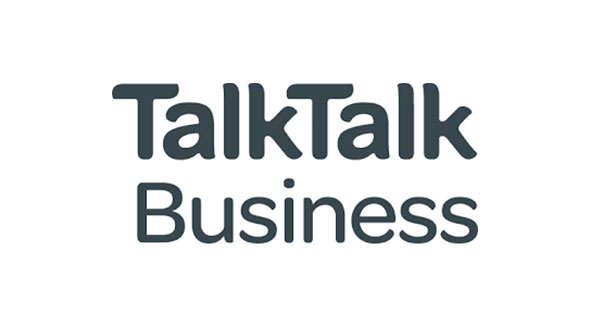
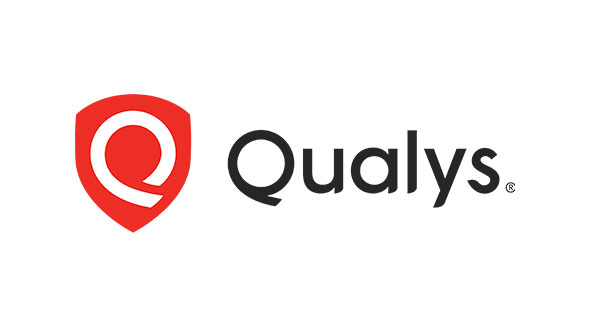
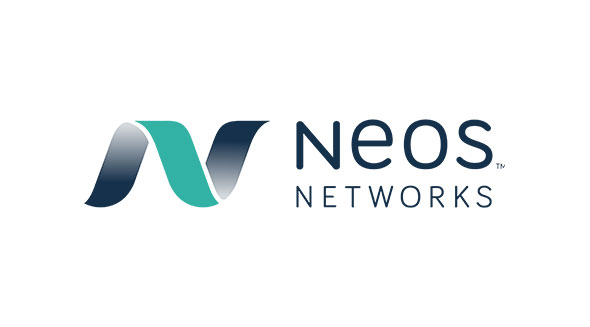
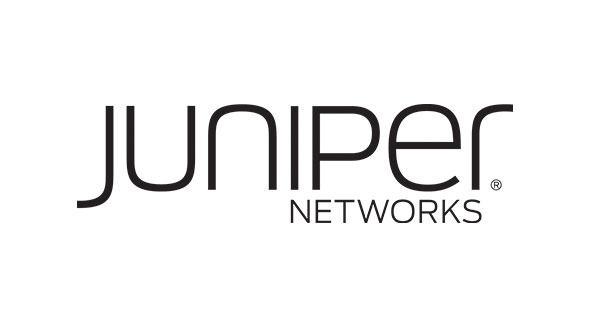
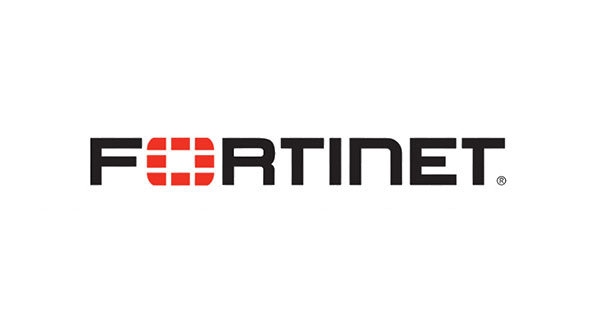

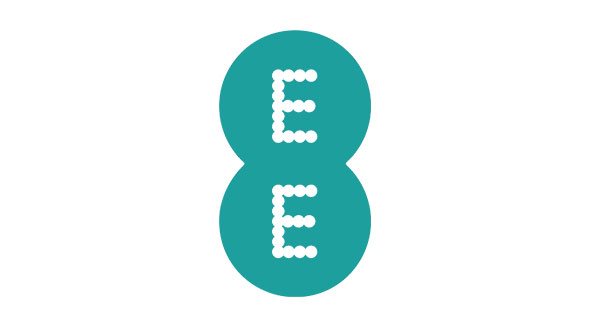
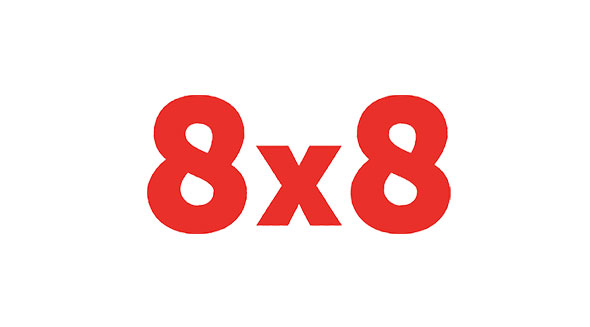
[ Testimonials ]
![]() Vaioni’s solution is just right for our needs. It’s fast and secure and allows for seamless connectivity across our sites. The fact that we can hand over the management and maintenance to a trusted partner is a huge bonus for the IT team, because it frees up time for us to focus on other projects.”
Vaioni’s solution is just right for our needs. It’s fast and secure and allows for seamless connectivity across our sites. The fact that we can hand over the management and maintenance to a trusted partner is a huge bonus for the IT team, because it frees up time for us to focus on other projects.”
Russell Hobbs
![]() In terms of technology, service and price, our solution is exactly right for our needs. It’s turned a messy, dislocated IT estate into one that works seamlessly across sites and services. It’s given us the capacity, resilience, and security to add more and better services with confidence.”
In terms of technology, service and price, our solution is exactly right for our needs. It’s turned a messy, dislocated IT estate into one that works seamlessly across sites and services. It’s given us the capacity, resilience, and security to add more and better services with confidence.”
Medina Dairy
![]() We need to be able to trust that our connectivity solution will be up and running all the time, and Vaioni has delivered that with an advanced, separated network. But it’s gone further, with a very competitive price and customer support that is head and shoulders above what we’d been used to from our last provider.”
We need to be able to trust that our connectivity solution will be up and running all the time, and Vaioni has delivered that with an advanced, separated network. But it’s gone further, with a very competitive price and customer support that is head and shoulders above what we’d been used to from our last provider.”
Drax
Vaioni is already trusted to manage over 2,000 connectivity services globally for the UK’s market-leading businesses. By working with us, you’ll have certainty that the infrastructure that drives your business today and tomorrow.